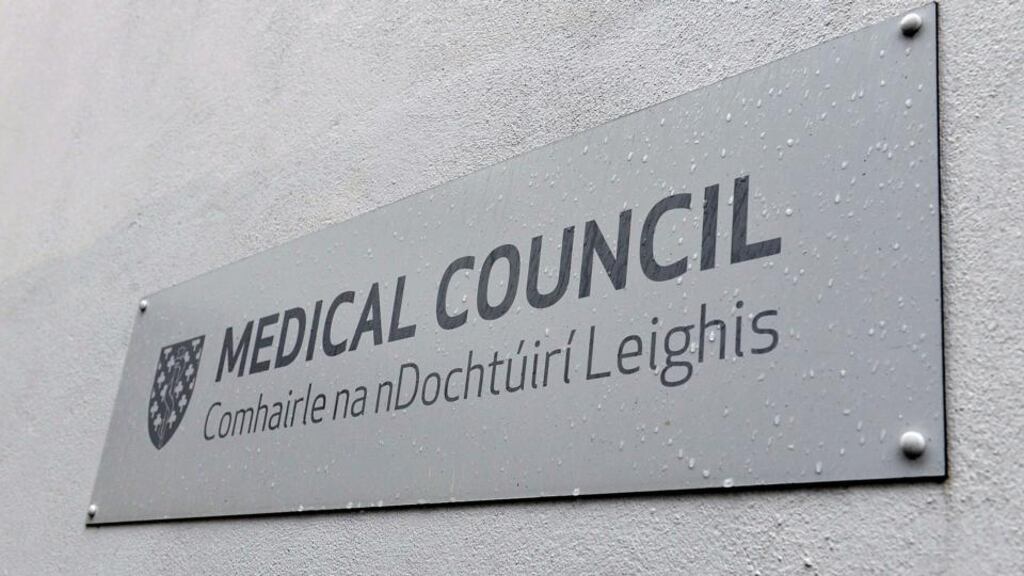Emigration among younger doctors increased sharply last year, according to a Medical Council report.
The finding of a 23 per cent increase in the “exit rate” among younger graduates of Irish medical schools appears to bear out claims of a “brain drain” from the medical profession.
The exit rate of 25 to 29-year-old Irish-trained doctors grew from 6.4 per cent in 2012 to 7.9 per cent last year, according to the council’s second annual Medical Workforce Intelligence Report.
One in 20 doctors in this age-group on the medical register was practising outside Ireland, the report found.
The report shows Ireland has a relatively young medical workforce, with just one in five (21.4 per cent) doctors aged 55 or older, compared to an OECD average of one in three.
However, some specialties, such as occupational medicine, public health and psychiatry have a significantly higher proportion of older doctors.
There has been a 12 per cent increase in the number of women on the medical register since 2008, and four in 10 doctors are women.
This is still slightly below the OECD average of 44 per cent.
The council says there is definite “gender patterning” in the role of female doctors, with higher than average proportions practising in areas such as public health, paediatrics, and obstetrics and gynaecology.
There has been a 30 per growth in the number of specialists on the register since 2008, but Ireland still lags behind other countries in this area. Across the OECD, there is an average of two specialists for every general doctor, while in Ireland the ratio of specialists to generalists is 1:1.
Ireland is producing medical graduates faster than any other OECD country apart from Mexico, the survey reveals. Last year, Ireland produced 50 new medical graduates per 1,000 doctors in the workforce, compared to an international average of 33.
Speaking today, Ms Caroline Spillane, chief executive of the Medical Council said: "At a time of health system reform, it's essential that we continue to focus on developing and retaining doctors with the right mix of skills to meet the changing needs of patients and the health service.
“This report has been developed not only to support our own work but also to inform wider health system planning and reform.”
Ms Spillane continued: “The findings have important implications for how we approach our own work in overseeing doctors’ education, training and practice. The report will also inform wider efforts across the health system to plan and develop a sustainable medical workforce in Ireland.
“Without an informed approach to medical workforce planning, we cannot build a strong health system in Ireland and continue to meet our commitment to fairer recruitment of internationally-qualified doctors in line with WHO best practice.”
Medical Council president Professor Freddie Wood said: "The public's experience of the patient-doctor relationship is shaped by the healthcare team, the settings where doctors learn and practise, and the wider framework of legislation and strategic policies which set direction for the health system.
“The detailed understanding of the evolving medical workforce provided by this report supports our work in education and training, registration and oversight of continuing practice, while also better informing the individuals and organisations with whom we work across the wider health system.”











